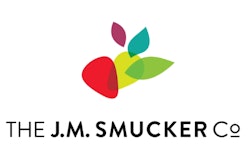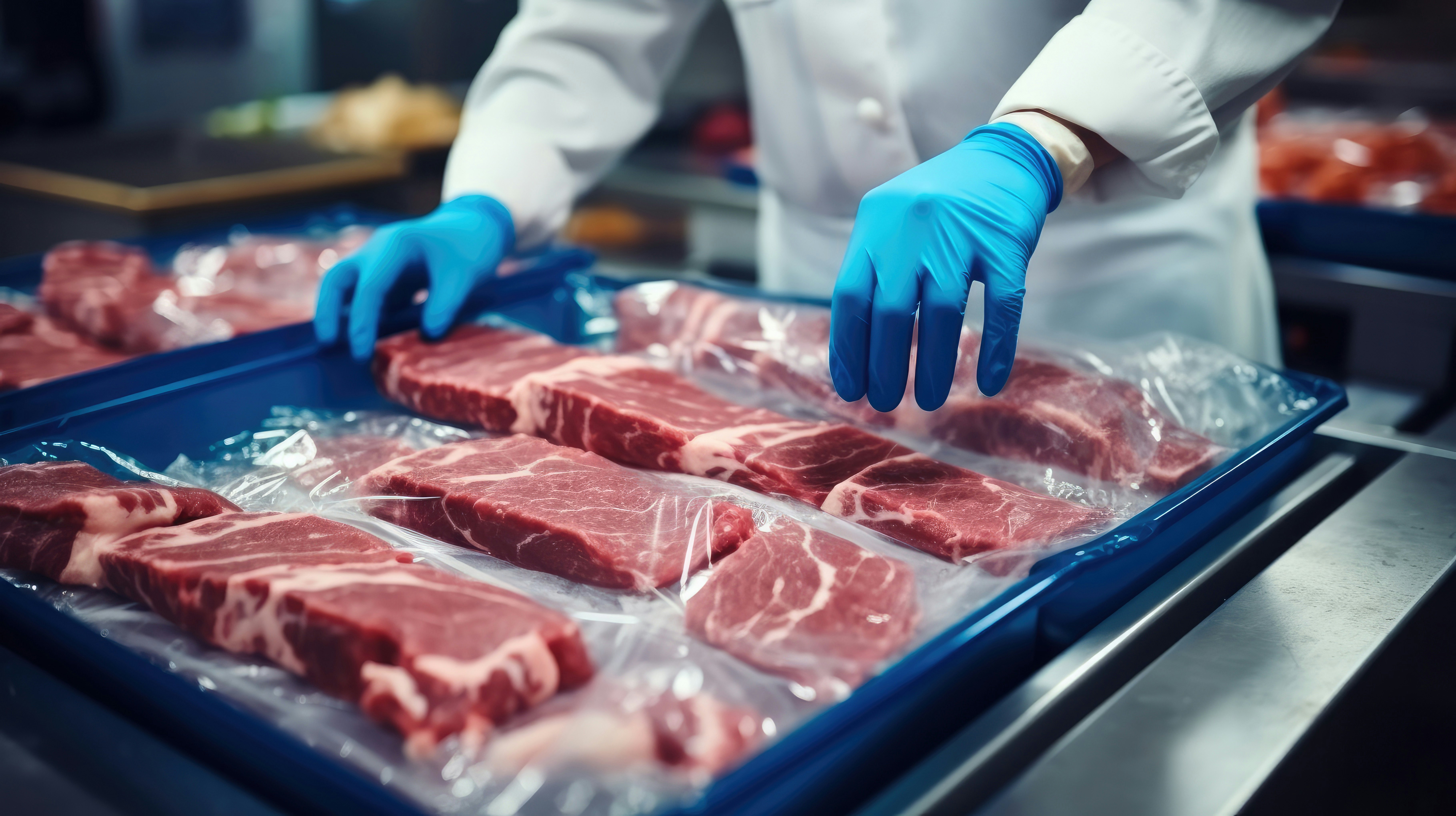Lugs are the equally spaced tabs around the skirt (under-rim) of the closure. Their purpose is to interlock with the interrupted tread of the container’s finish (neck). Due to that interlocking, lug closures can be applied or removed with less than a full turn. Continuous-tread (C-T) closures, by contrast, interlock with the continuous thread of the container’s finish and require at least a full turn to apply or remove.
On the inside of lug closures is a compound (typically plastisol), essential in effecting a hermetic seal. When the closure is applied, the compound compresses around the lip (land) of the container, filling any void between the container’s lip and the underside of the closure.
Heat-processed high-acid foods, such as sauces, soups, marinades, and jams/jellies/preserves, are heat-processed, hot-filled into glass jars, and crowned with lug closures. Processing, filling, and capping are components of a system for producing shelf-stable products. Processing and filling must be done under strictly controlled temperature setting to destroy harmful microorganisms. After that, the lug closure becomes the main agent in maintaining shelf-stability until the container is opened.
Lug closures fulfill all the functions of packaging: containment/protection, communication, and convenience/utility. Containment/protection has been addressed by preceding comments. Communication can be had with printing on the top and around the side, conveying brand name, product line variety, and promotional claims. Also under communication is safety information, such as refrigerate after opening. Another type of safety communication warns against purchasing the product if the center-located dimple/button has popped up (which happens when the hermetic seal has been broken). Convenience/utility accrues from the twist-on-and-off feature and can be enhanced with ribbed sides for better gripping.
Given that glass containers and metal lug closures are complete barriers, the most likely cause of lost sterility is a poor seal. When experienced on a large scale, lost sterility can result in rejected shipments or even a product recall. It behooves a brand-owner, therefore, to have quality-assurance measures geared to achieving quality seals.
It starts with the choice of supplier. A lug closure’s short profile and simple appearance belie the engineering and tight tolerances necessary for an adequate pairing with the glass container. Lug closures are designated by an inside diameter (in millimeters), joined by a hyphen to a standardized description code (designating whether the closure is of the 2-lug, 4-lug, or 6-lug variety). The description code, in turn, corresponds to a specific finish (threaded neck) of a container. What’s to be appreciated is that the manufacture of lug closures entails more than just stamping them out on a machine press. If closures arrive at the user’s facility “out of spec,” subsequent operations will be all for naught.
At the capping station, the closures are positioned and torqued at programmed speeds. However, immediately preceding those operations, it’s advisable to apply heat to soften (not melt) the sealing compound, so that it spreads more uniformly around the container’s land.
Another factor impacting seal integrity is the amount of headspace. Too little headspace runs the risk of product getting into the sealing areas. Too much headspace runs the risk of it not getting sterilized. The sterilization of the headspace (and the interior of the lug closure) is achieved by the temperature of the contents (typically 190° to 200°F), when the filled and capped container is inverted. The duration of the inversion should be for one minute or longer, during which, the container should be in motion toward the location where the container is turned right-side-up. After all, a hermetic seal on non-sterile contents serves no purpose.
Even the cooling period influences seal integrity. As the contents cool, a vacuum is created, applying greater hold-down on the lug closure. A loss of vacuum (which only is intended to occur at the consumer’s in-home removal of the lug closure) is evidenced by the aforementioned pop-up of the safety dimple/button.
As for capping stations, there is no universal configuration. Capping stations differ in terms of machines and models. Nonetheless, they all encounter problems that happen with varying frequency. One such problem is loose engagement between lugs and threads. Another is closures that sit cocked, like a fedora slanted on someone’s head. One more is flattened or crushed lugs. Yet another is enamel that’s been stripped from the underneath of the closure. These and other problems can result from a variety of causes, thereby complicating troubleshooting. But without a fast and accurate identification and solution, output will be slowed at best, or even worse, stopped.
Sterling Anthony, CPP, is a consultant specializing in marketing, packaging, logistics, and ergonomics.
He can be reached at 100 Renaissance Center-Box 176, Detroit, MI 48243, 313/531-1875, or email him at [email protected].























